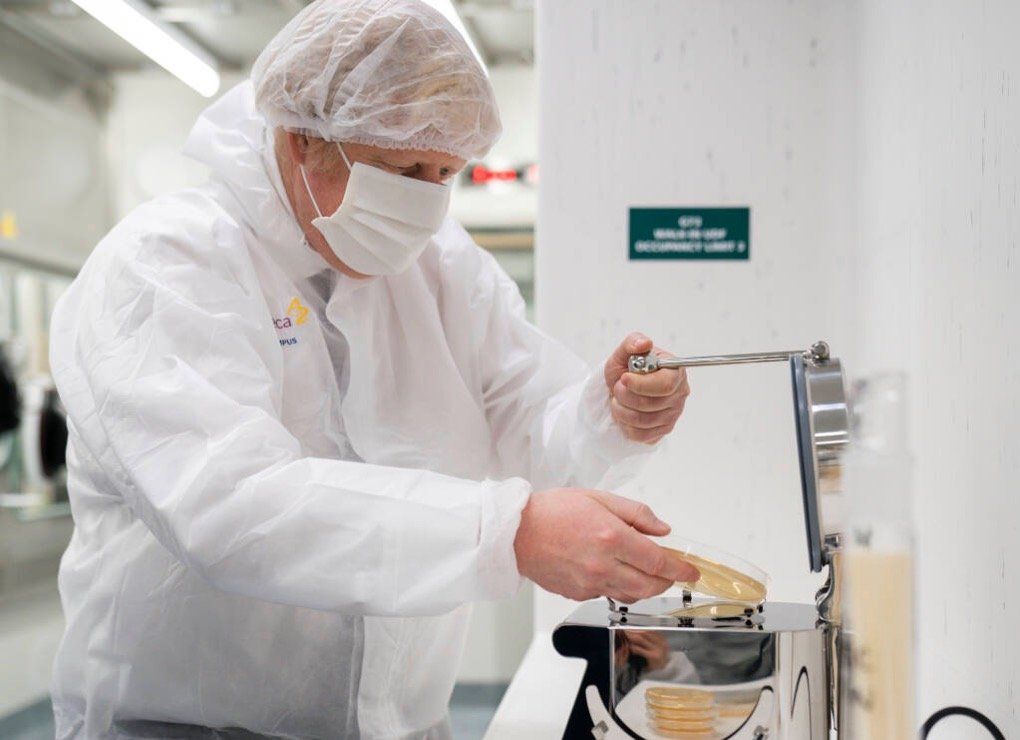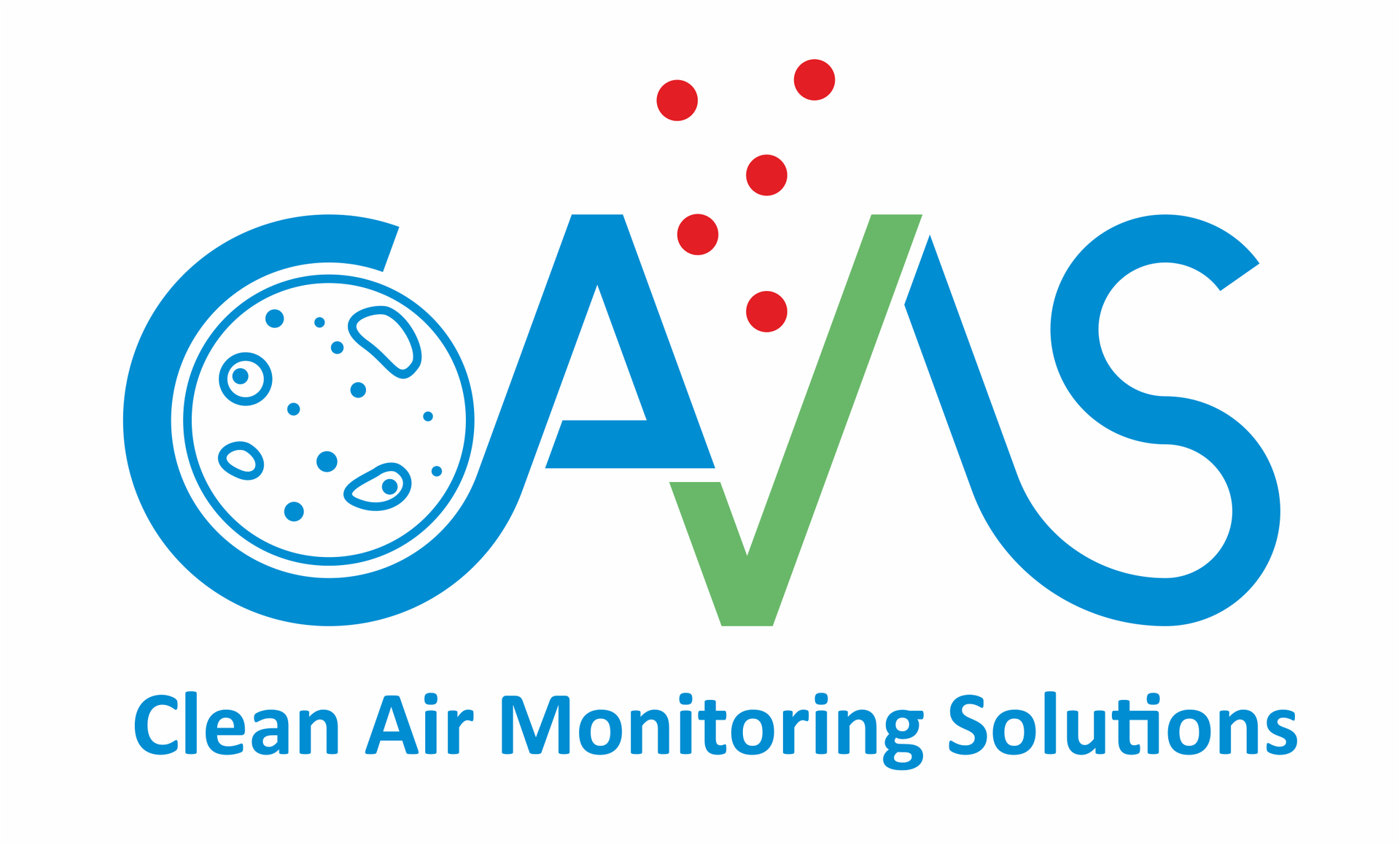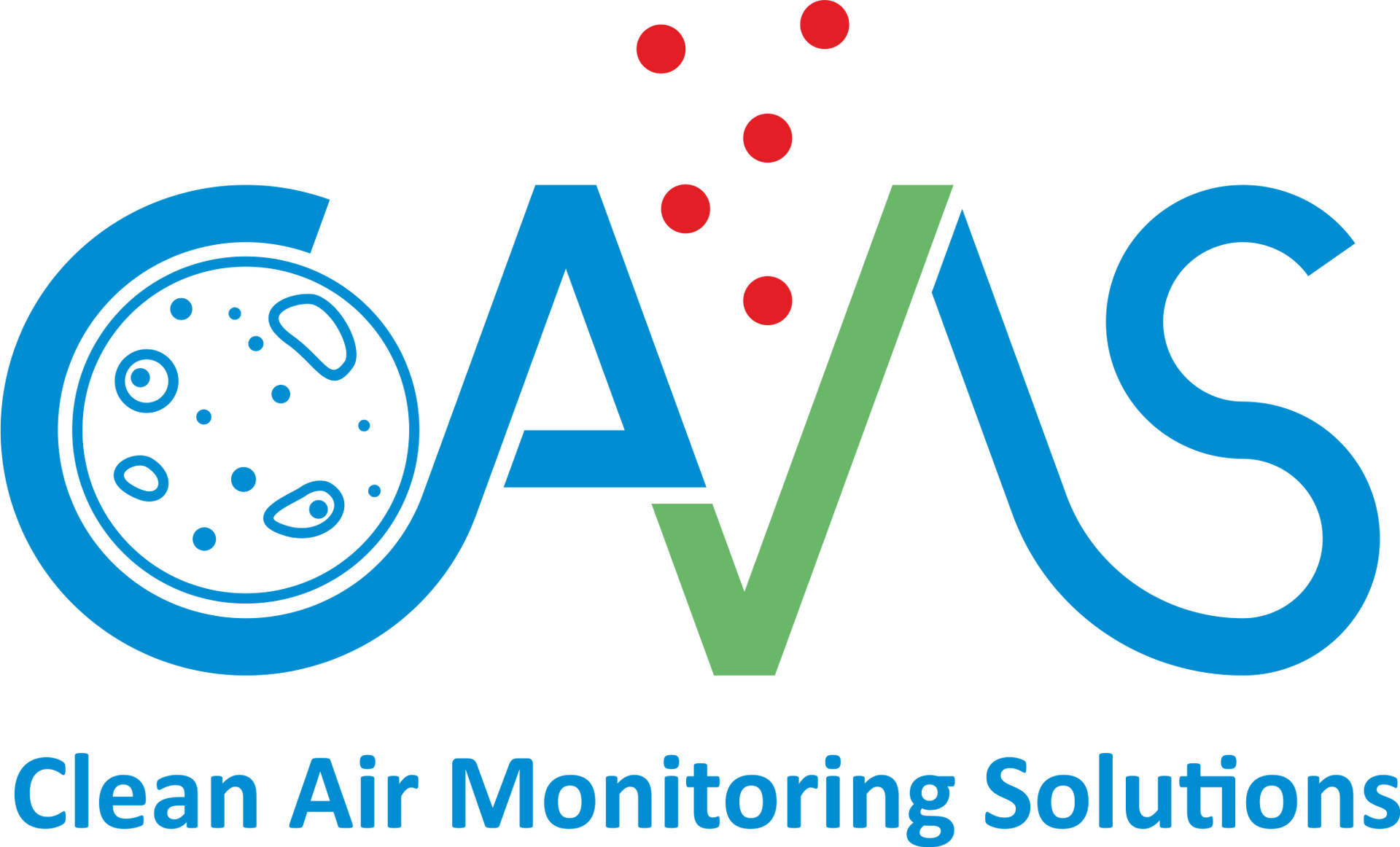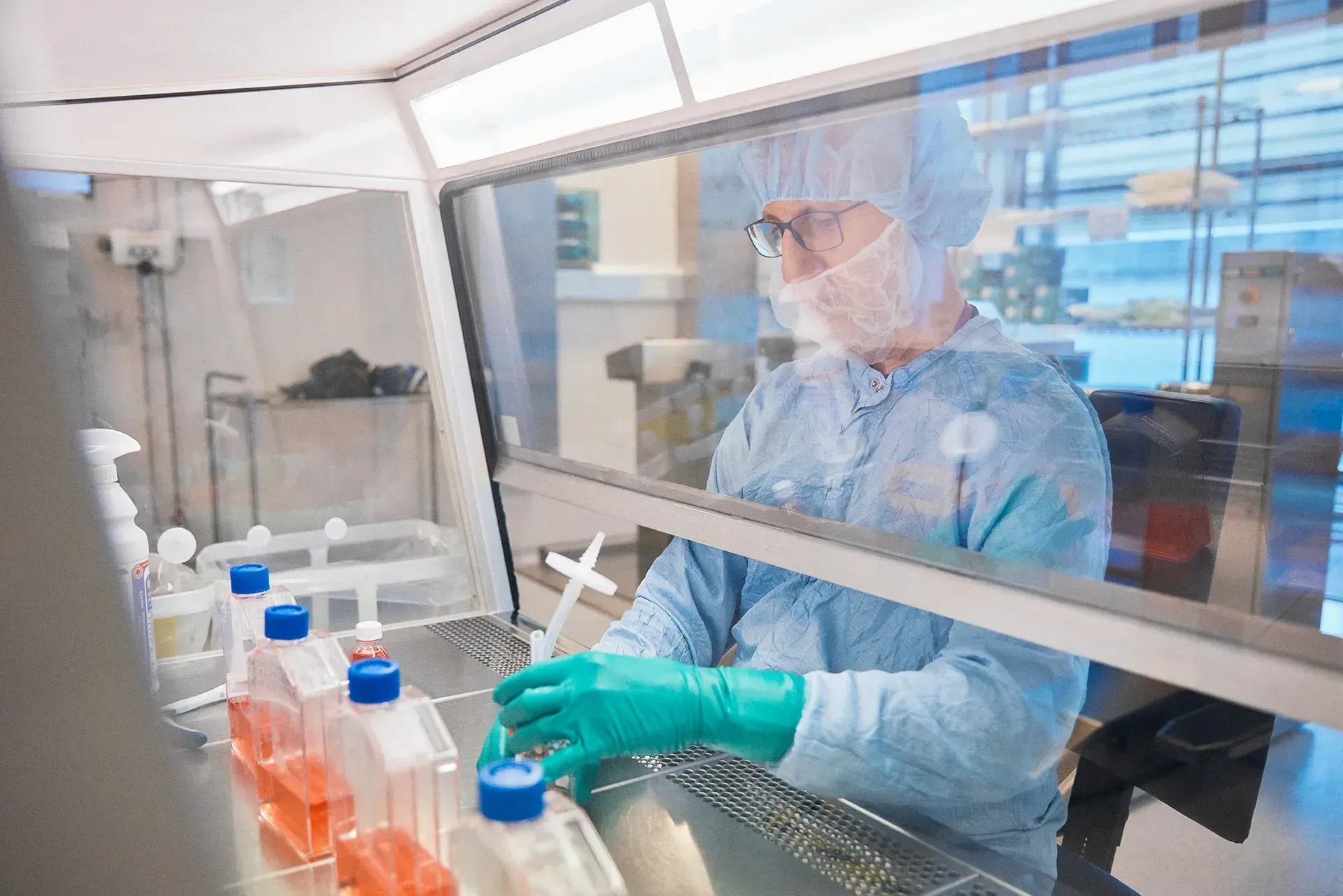The one minute guide to d50 and why it is important.

The term d50 is used in air monitoring and air sampling circles to describe the physical efficiency of the air monitoring or air sampling equipment. It measures the physical efficiency of the air sampler or air monitor in terms of its ability to collect particles. So, why does this matter?
Physical Efficiency
D50 is the minimum diameter of the particle at which a sampler or monitor is 50% efficient. Consequently, we tend to use d50 as a measure of the smallest particle that can be collected reliably. If a device reports a d50 of one micron, this means that it will reliably collect at least 50% of all particles of one micron in size or above. It will likely capture smaller particles as well, but for particles of at least one micron in size, the figure is 50%.
The GMP Annex 1 standard refers to having a sampler capable of efficiently detecting particles down to one micron in Grade A environments. We can interpret that as meaning a d50 of one; it's 50% efficient at capturing particles of one micron in size.
However, the d50 value is only part of the story. It only refers to the physical efficiency. We need to consider the biological efficiency in terms of keeping the organisms alive as well.
Biological Efficiency
The biological efficiency is important because the standard has changed. The standard used to say that for a grade A clean room, there had to be less than one colony forming unit per cubic meter. Less than one implies zero; in a cubic metre of air, there’s either at least one colony forming unit, or there isn’t. However, some people were interpreting the standard as, “if I sample 12 cubic metres, and I get 11 colonies, then on average, that's less than one.”
That wasn’t the intention of the standard, because if you’ve got eleven colonies in twelve cubic metres of air in a grade A environment, you’ve got a big problem! So, the wording now says you have to have zero growth that and that puts even more emphasis on having the best biological efficiency you can to make sure your instrument is capable of detecting down to the right level.
Summary
In summary, the d50 specification is about getting the live particles onto the agar, and the biological efficiency is increasingly important because they've just changed the standard to zero growth.
The ISO-CON and ImpactAir ranges have a d50 of 0.45 microns. This is the best d50 performance of any air monitoring system on the market today, and ISO-CON and ImpactAir devices are in use today in Grade A environments all over the world.
To find out more about the ISO-CON and ImpactAir ranges, check out our pages on the products and the technology.
To talk to us about your cleanroom challenges, please contact us.
RECENT POSTS

1st floor (SMF), North Road, Bridgend Industrial Estate, Bridgend, UK, CF31 3TP

© Clean Air Monitoring Solutions 2023. Cedwir Pob Hawl / All Rights Reserved.

